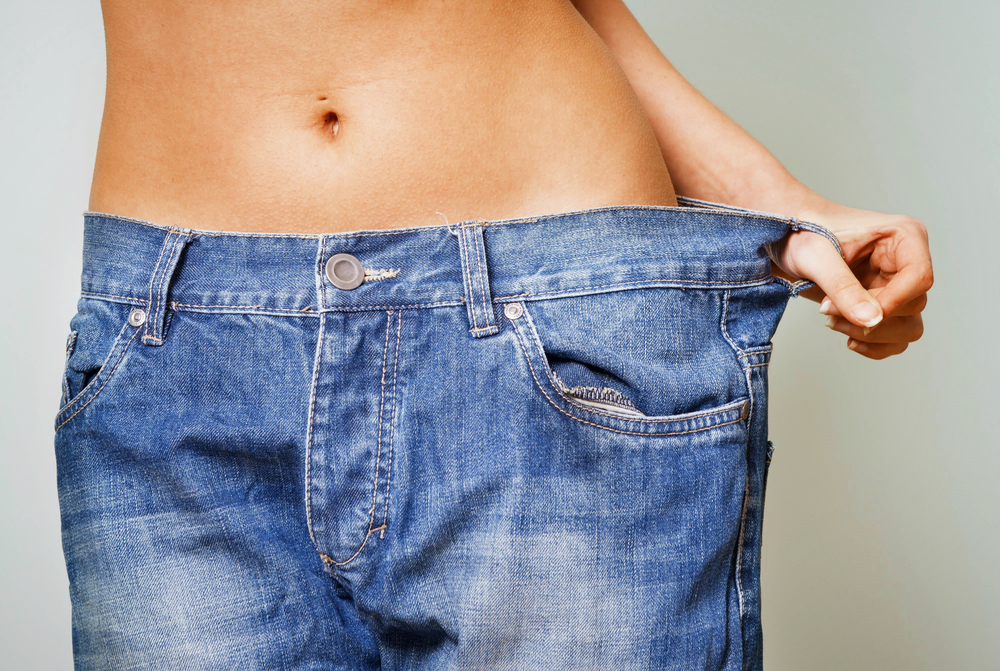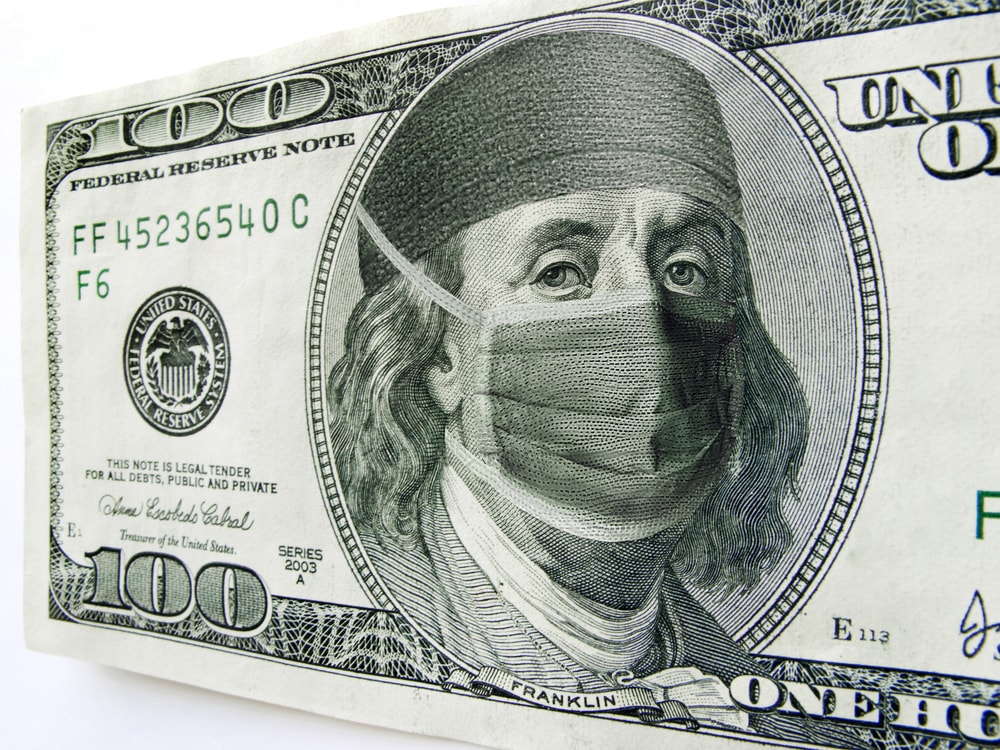- Swelling is an expected and normal part of the healing process following any surgery, including invasive cosmetic procedures.
- Depending on the procedure and the patient’s overall health, most swelling generally resolves within six months or less.
- Following your surgeon’s aftercare instructions will improve your recovery time and help minimize swelling.
Post-surgical swelling is unavoidable, as the body’s natural response to injury is to trigger an inflammatory process that promotes healing. Here’s what you should expect following some of the most common plastic surgery procedures, and steps you can take to help expedite recovery.
Swelling After Breast Augmentation
Breast augmentation surgery causes mild to moderate swelling. What you see immediately after the surgery is not what you will end up with — swelling will make your breasts appear much larger than anticipated for several weeks or months until they fall into place.
Additionally, breasts may feel tight, especially if implants were placed underneath the pectoral muscles. Some pressure may be felt as well.
The swelling will be at its worst in the days immediately following surgery. It peaks at three to five days and will then start to recede. However, it is normal for some swelling to linger for up to three months. Call your surgeon immediately if swelling becomes severe, especially if it is markedly worse on one side, as this may indicate an infection.
Swelling After Breast Reduction
Once the breasts have been reduced in size, swelling may not be noticeable—but some will be present. Swelling may also move down the body with gravity. For instance, you may be a little swollen around your ribcage and your legs. This is normal and not a cause for concern.
You can expect swelling to peak in about a week. It will start to decrease after this point, but some swelling will likely remain for the next four months.
Should you have major swelling consisting of one and a half to two cup sizes or more, call your doctor immediately.
Swelling After Liposuction
Swelling is a normal and an unavoidable side effect of any liposuction procedure. Recovery time varies depending on the patient’s overall health, skin elasticity, and the surgical techniques employed.
Using a smaller cannula with tumescent liposuction minimizes tissue trauma: this alone can reduce the amount of swelling during the postoperative period. Applying an open drainage technique, where the small wounds are left open to drain, also aids in reducing swelling.
You may experience significantly more swelling if your surgeon uses a larger cannula or ultrasonic-assisted liposuction. With open drainage, most of the swelling will dissipate in four weeks. Without drainage, swelling will be visible for up to six months.
Swelling After Abdominoplasty
Tummy tuck surgery temporarily disrupts lymphatic drainage, causing significant swelling. The degree of the swelling will vary depending on whether or not liposuction was included in the procedure. The patient’s diet and level of physical activity also have a direct impact on swelling and recovery.
For a few weeks after surgery, the lower abdomen may appear swollen. This is because a common side effect of pain management medication is bloating and constipation.
The lymphatic vessels will heal over time, but the swelling will remain during this process. Most tummy tuck patients see the majority of their swelling resolve in three to six months.
Swelling After Facelift
Expect some swelling, particularly around the eyes and cheeks during the first week following a facelift. During the second week, the swelling will move into the lower half of the face, resulting in some heaviness around the jaw and neck.
Most patients find their swelling decreases significantly after about six weeks post-op. However, it can take as long as six months for most of the swelling to resolve.
How to Minimize Swelling After Plastic Surgery
We’ve compiled some simple but effective techniques for managing your swelling during recovery.
- Get plenty of rest.
One of the most important steps you can do to promote healing and reduce swelling is to rest in the days following surgery. Your body is using more of its energy for healing, so conserve it for that purpose. Additionally, try to limit movement as much as possible. For augmentation surgery, sports bras can minimize breast movement.
- Use an ice pack.
Ice is an effective remedy for swelling and inflammation—it causes the blood vessels in the surgical area to constrict. Ice the affected area for about twenty minutes several times each day. It can be especially helpful during the first week after surgery.
Do not put ice or frozen items directly on your skin—wrap ice within layers of paper towel or a clean, thin cloth to avoid injuring skin. It is important to first check with your surgeon before applying cold therapy as it is more commonly used in certain procedures (e.g., rhinoplasty) than others (e.g., breast augmentation).
- Wear your compression garment.
For some surgical procedures—liposuction, tummy tuck, and breast reduction—your doctor will likely send you home after surgery wearing a special compression garment. The purpose of this garment is to help control swelling and bruising. Wear it as prescribed by your doctor for the best results.
The compression garment should be comfortably snug, like a stocking. If it is too tight, be sure to mention this to your surgeon. Compression garments that are too tight will not be effective and may cause problems with wound healing.
- Get a lymphatic drainage massage.
When swelling results from damage to the lymphatic channels—for example, liposuction and tummy tucks— a lymphatic drainage massage may help.This stimulates the lymphatic system to drain excess fluid. Ensure your massage therapist is properly trained, and of course, consult with your surgeon beforehand to confirm it is not contraindicated in your situation.
- Use Arnica montana.
There is some evidence suggesting that the herb, Arnica montana (or Wolf’s bane) is effective in the treatment of swelling and inflammation. A study published in the American Journal of Therapeutics in 2014 offers evidence that suggests Arnica montana is more effective than placebo in treating inflammation and pain after surgery. Its effectiveness is identical, consumed orally or applied topically. Arnica is available at most health food stores.
- Eat peppers.
Some varieties of pepper contain the chemical capsaicin—a natural anti-inflammatory. Choose peppers rich in capsaicin: jalapeno, cayenne, and chili peppers. Note that bell peppers do not contain this component.
- Use the force of gravity.
When you have an injury such as a sprain, you are advised to rest with the affected part elevated to help with the swelling. Gravity helps pull down fluids that cause swelling. The same is true for post-surgery swelling. As much as possible, keep the surgical area elevated. For surgeries involving the torso, rest sitting up and when you sleep, keep yourself propped up on pillows.
- Take steroids as prescribed.
Surgeons sometimes administer steroids, such as prednisone or Decadron at the time of surgery to combat inflammation and swelling. If you are prescribed a steroid, be sure to take your medication as prescribed and tell your doctor if you experience any concerning side effects.









